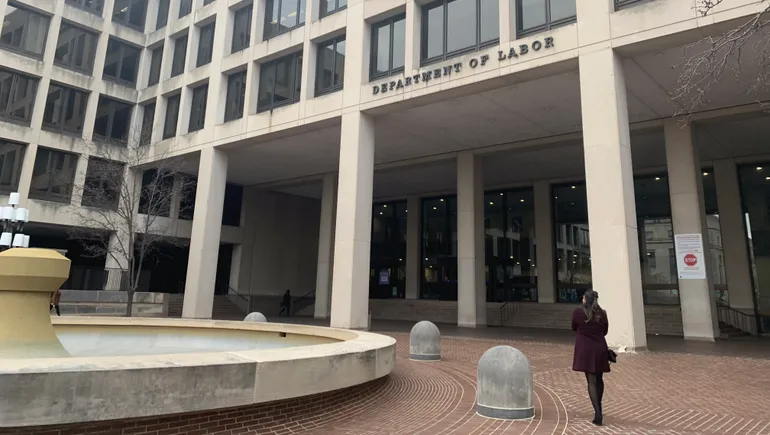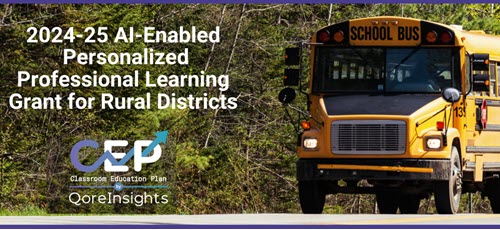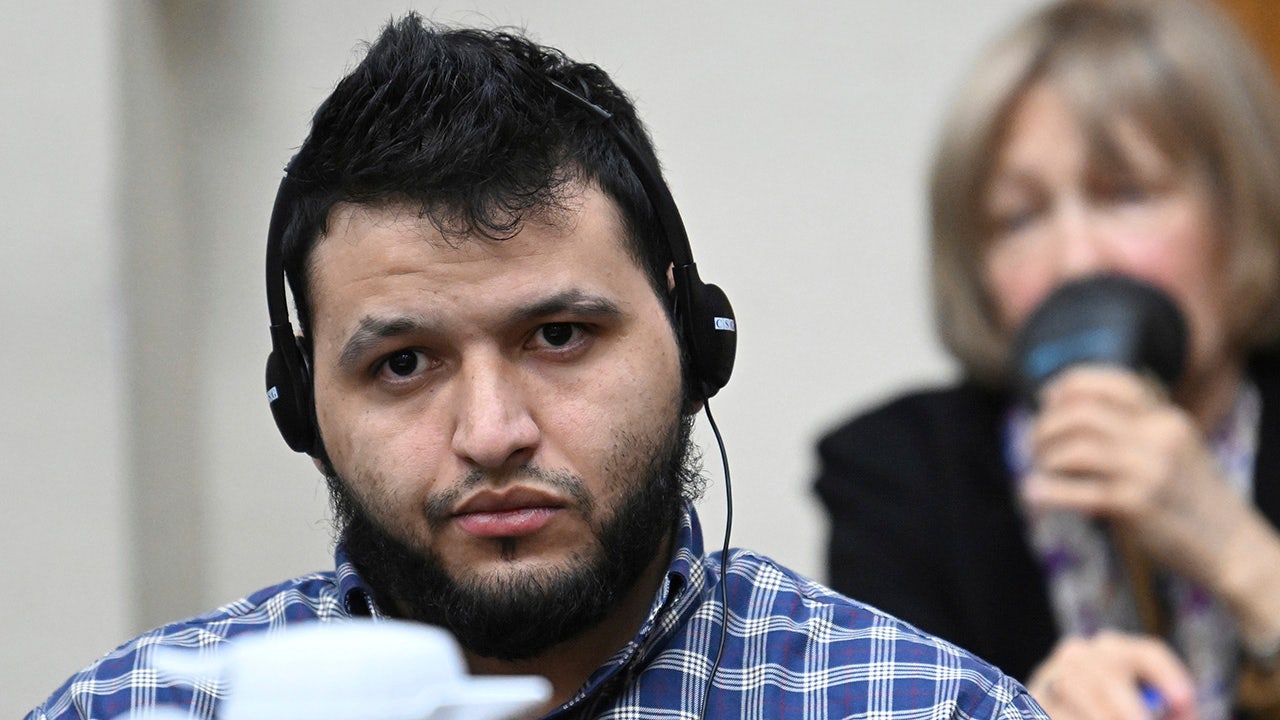While this data is not exactly positive, Labandera says a bright spot is that it reveals that opportunities exist for higher education institutions to reach out and support students who started but haven’t finished their degrees.
“The higher education system was created for a more traditional student that finishes an associate degree in two years and or a bachelor’s degree in four, that goes full-time, that starts right after high school,” Labandera explains. “Increasingly our Latino community doesn’t really look like [that]. That’s why we use that term ‘post-traditional’ and specifically don’t say ‘non-traditional’ — because it has a bit more of a negative connotation, or it makes Latinos and students like them kind of the ‘other,’ and we sort of flip that narrative.”
Colleges and universities that work with Exelencia in Education to earn the organization’s “seal of excelencia” — meaning the institution has shown via data that it’s a place where Latino students are supported — are changing their campus cultures to be more flexible to students’ needs, Labandera says. For example, some are covering the cost of students’ basic needs like health care or housing in addition to tuition and fees.
“That’s how these institutions are learning to look at it as, ‘These students already come to our campuses with assets with skill sets. We need to meet them where they are,’” Labandera says. “Not asking students to change who they are, to fit a mold, but rather, ‘How can, as the institution, we serve you holistically?’”





















Discussion about this post